A molecule emitted by rainforest plants plays a key role in forming mysterious aerosol particles in the region’s upper troposphere.



A molecule emitted by rainforest plants plays a key role in forming mysterious aerosol particles in the region’s upper troposphere.

Study shows that starting exercise early helps condition cells to preserve motor neurons before age-related loss.
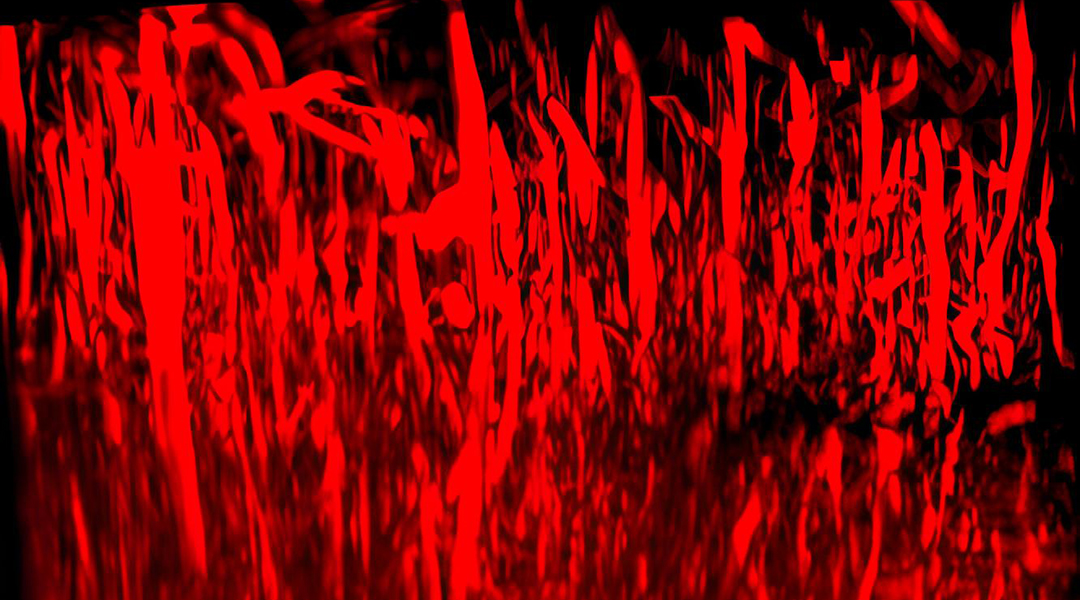
A hydrogel delivers therapeutic molecules to the brain after a stroke, promoting blood vessel regrowth and aiding recovery.
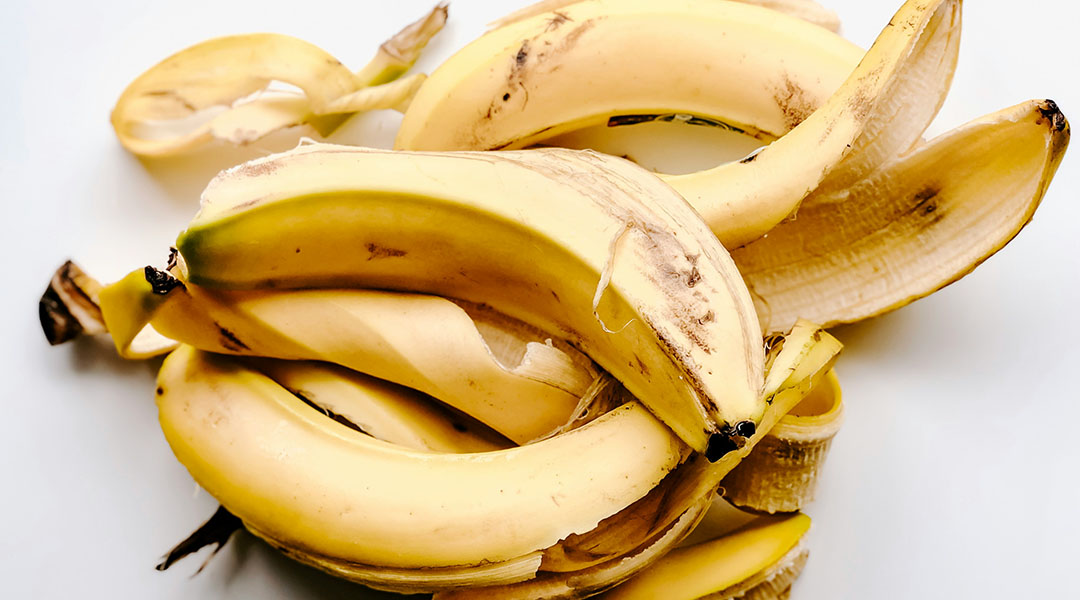
Researchers develop a device that generates clean energy from food waste, using banana peels and coconuts to power communities sustainably.
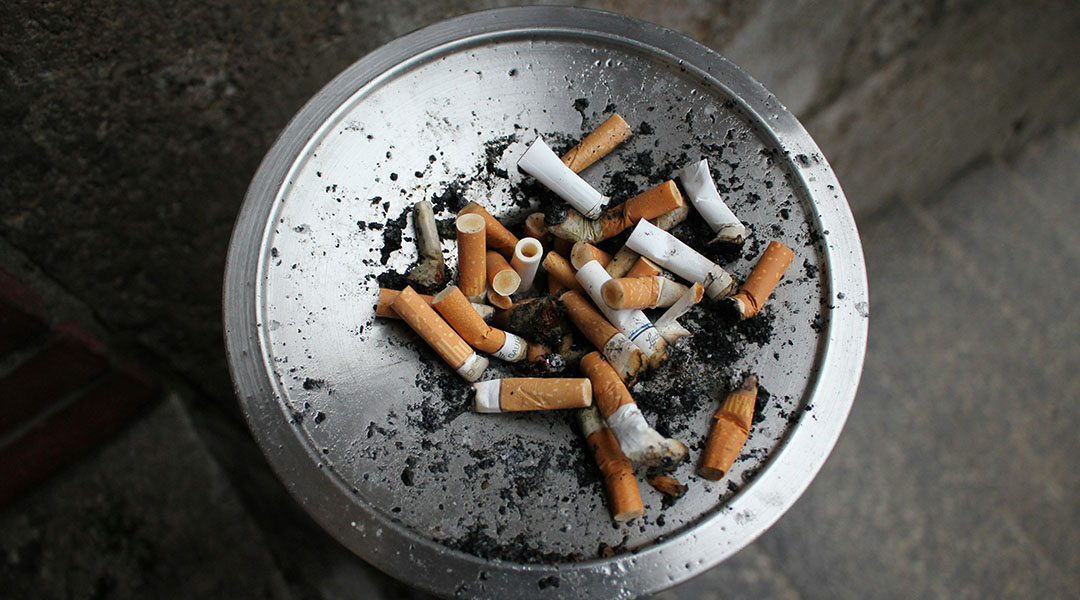
Researchers discover that a Parkinson’s drug, procyclidine, can reduce physical nicotine withdrawal symptoms, such as tremors and immobility.
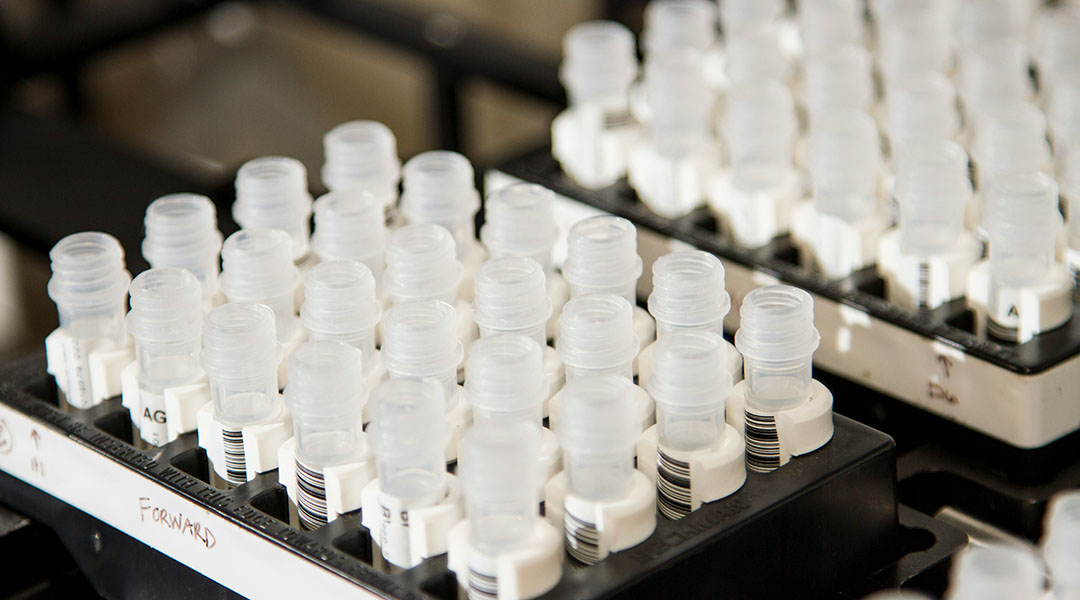
Scientists develop new drug delivery system that targets tumors then exists the body using “switchable” chemistry.
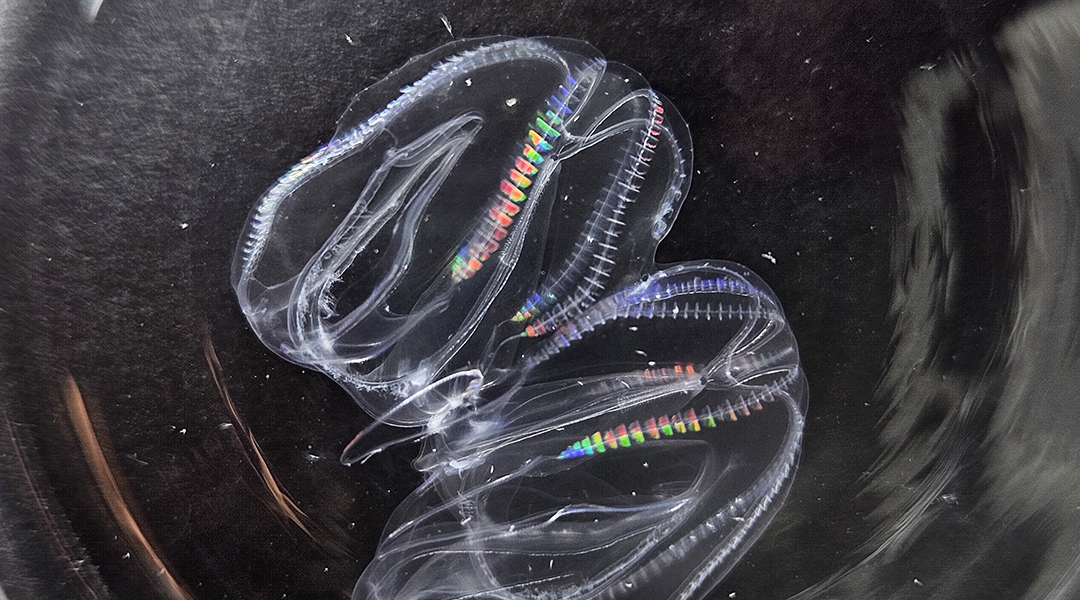
Two individual comb jellies can fuse into a single organism, providing an incredible feat of regeneration rarely seen in the animal world.
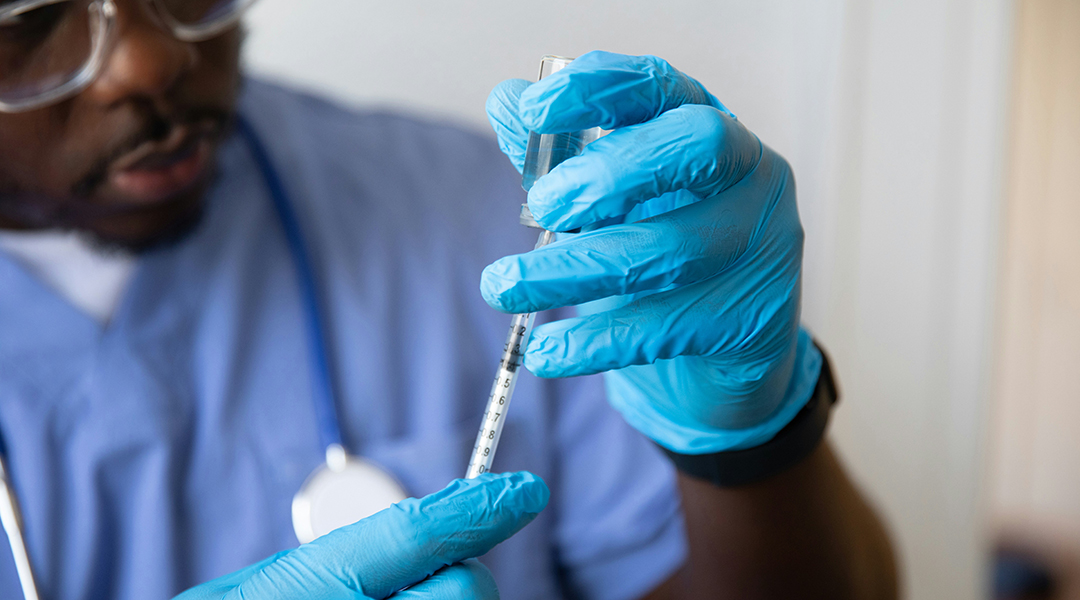
Researchers use enzymes to link antigens and adjuvants, creating safer and more effective vaccines by lowering the required adjuvant dosage.
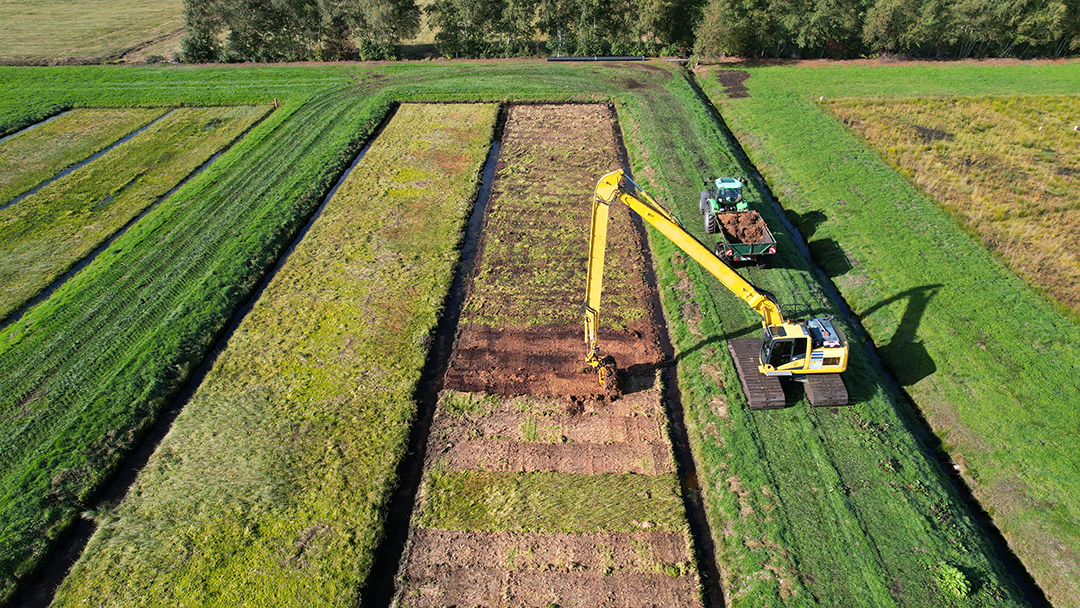
Scientists are reviving lost wetlands using paludiculture, blending ecology and economy to combat climate change and restore biodiversity.

Researchers have discovered that a protein produced by parasitic worms in the gut enhances wound healing in mice.